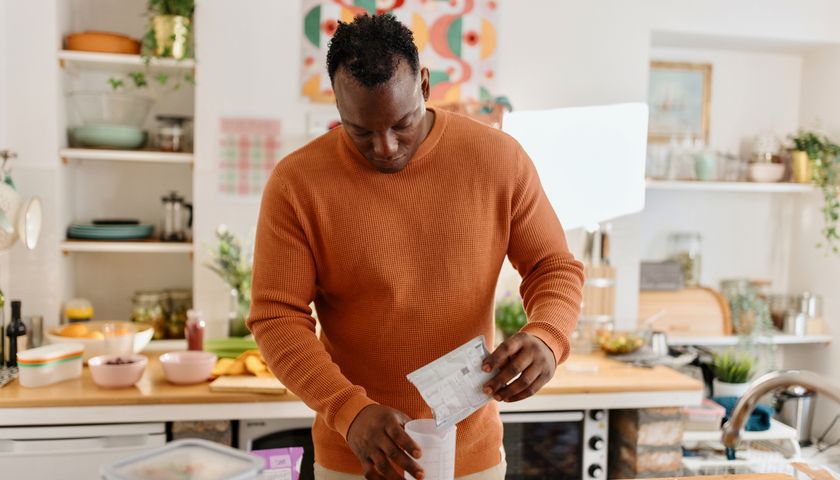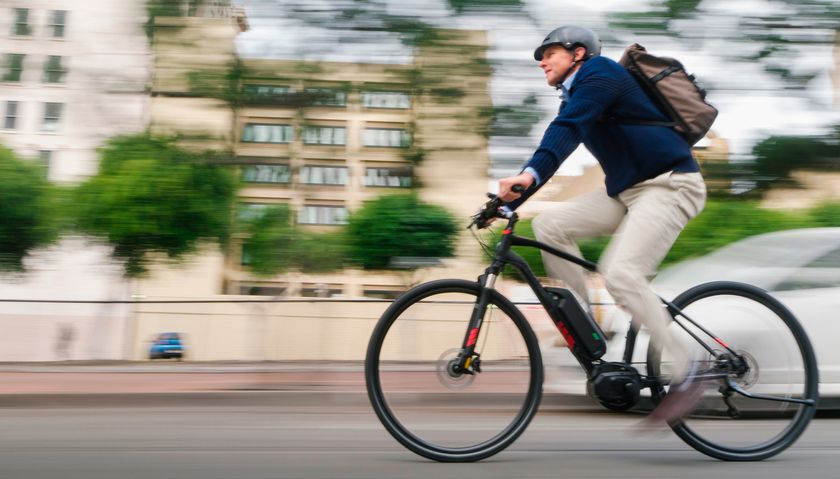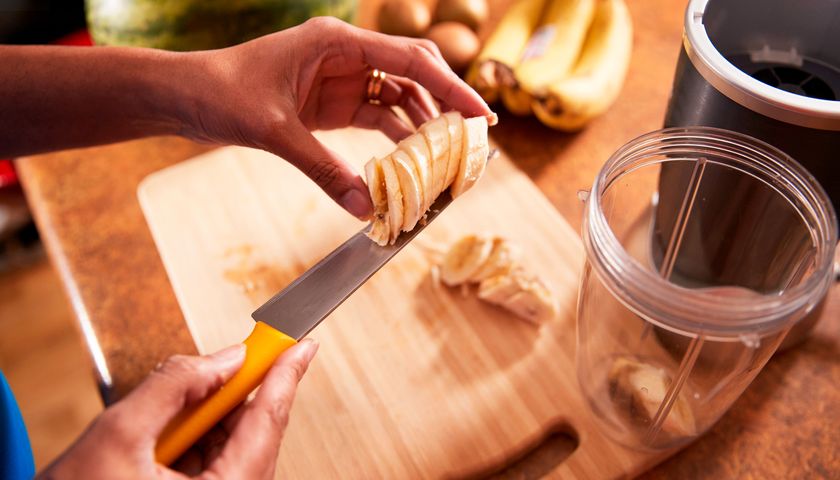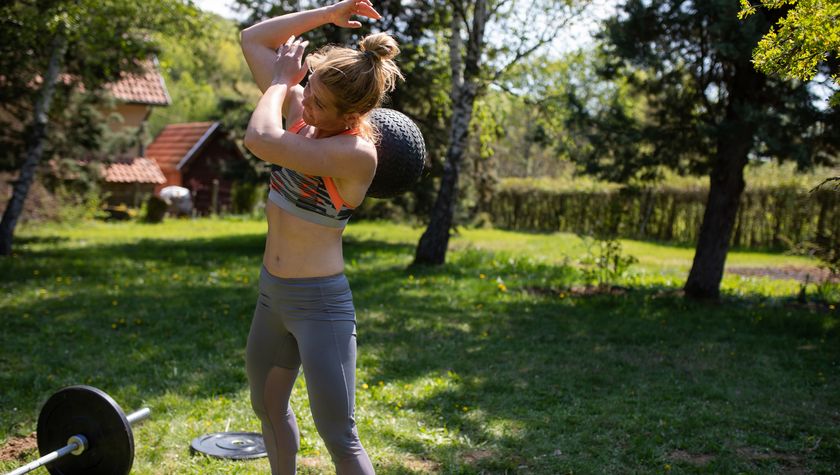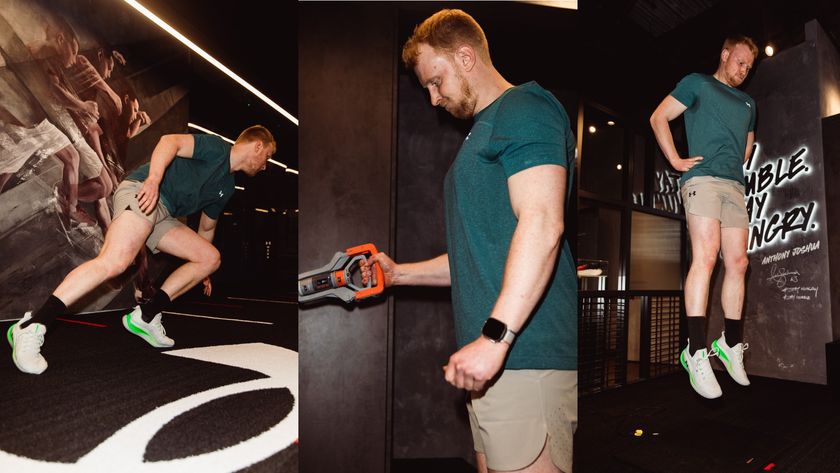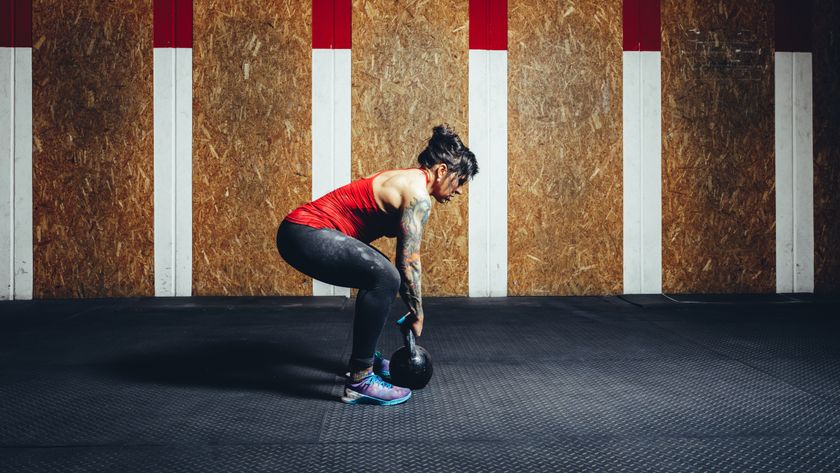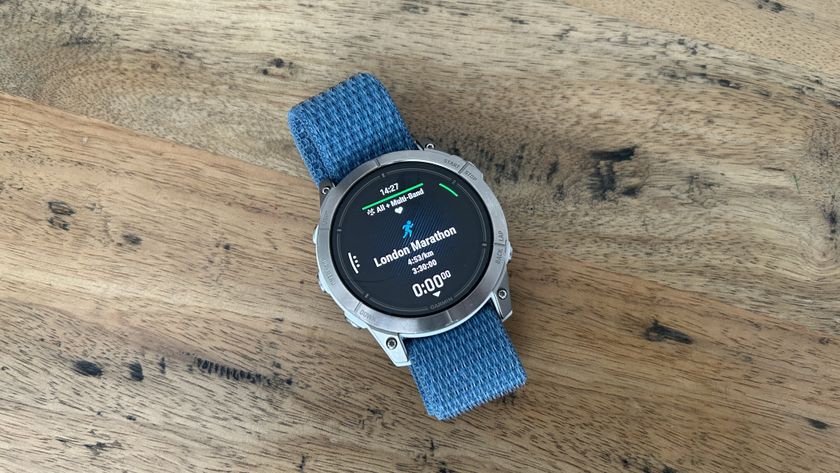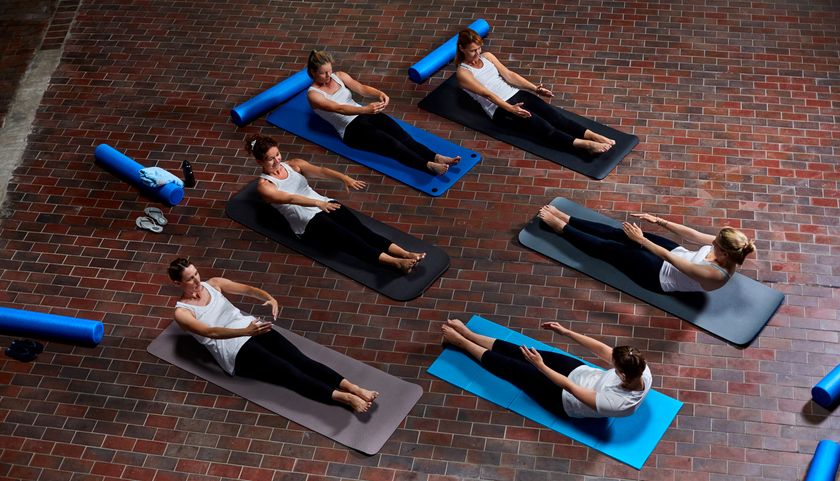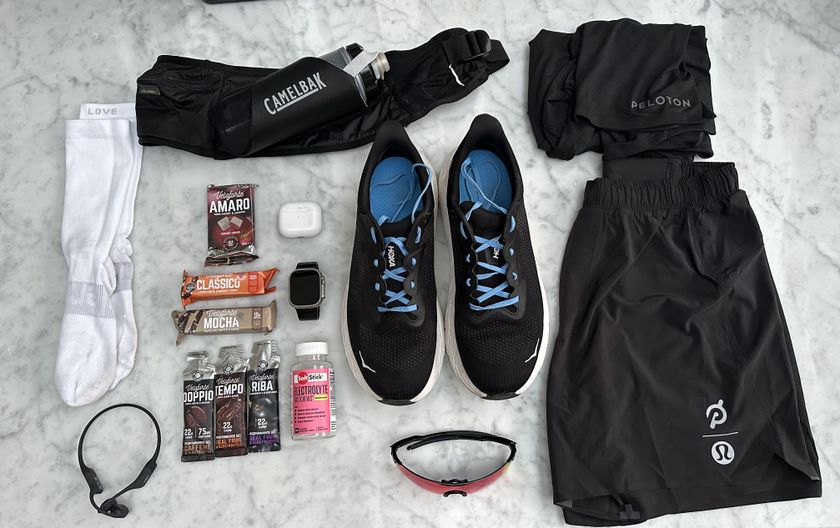The Ultimate Core Workout For Women
The five-move circuit from personal trainer Kate Rowe-Ham will set your core on fire
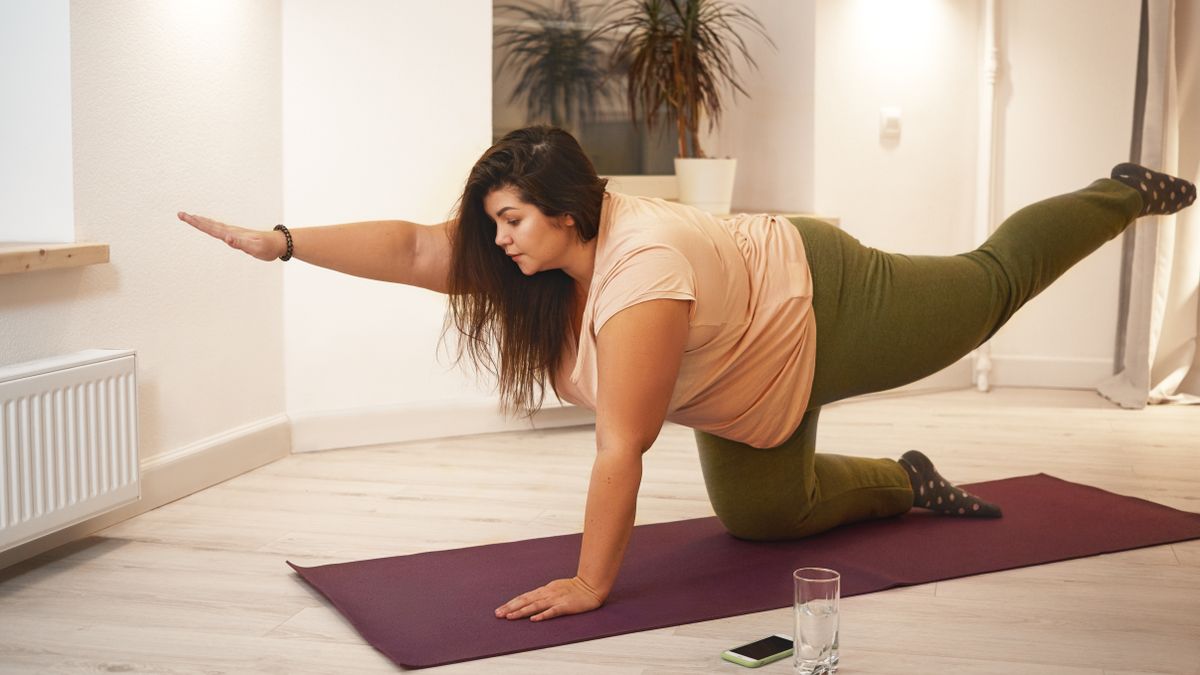
If your body was a house, then your core would be the foundations. Everything from full-body stability and better posture to athletic performance and being able to breathe optimally relies on core stability. To unlock the transformative effects of a strong core, we asked personal trainer and menopause fitness expert Kate Row-Ham to share her preferred core exercises for women.
“When programming workouts for women, certain things—like the various changes that occur during her lifetime—need to be taken into account,” says Rowe-Ham. “Many women describe their middle as a ‘problem area’. It’s often the result of a weak core, which can be linked to pelvic floor issues, childbirth or declining oestrogen during the menopause.”
While crunches have long been seen as the holy grail of abs exercises, in reality what they mainly do is hammer your rectus abdominis (the outermost abdominal muscles) while neglecting the deep-lying, powerhouse muscles. We’re not saying don’t ever do a crunch again, but we are saying you’ll see much better results—both aesthetically, and in strength and performance—if you take a more 360° approach to your core training. “Implementing a program that supports a woman’s journey and everyone’s everyday demands—from picking up children to carrying heavy bags—is hugely beneficial,” Rowe-Ham says. “Here are my five favorite moves to help build a strong core and keep lower-back pain at bay.”
Core Workout For Women
Perform the exercises in a circuit format for the stated reps or time. Aim for three to four sets of the circuit, taking minimal rest between exercises and 60-90 seconds of rest when the circuit is complete.
1 Dead bug
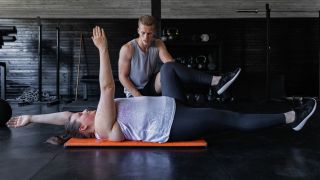
Reps 10 each side Rest 0sec
Lie on your back with your arms extended straight up. Lift your legs and bend your knees at 90°. Activate your core, draw your bellybutton towards your spine and push your lower back into the floor. Exhale as you slowly lower your right arm towards the floor behind your head and extend your left leg at the same time until both are just above the floor. Keeping your back in contact with the floor, inhale and slowly return to the starting position. Repeat with the opposite arm and leg, alternating sides with each rep.
2 Plank shoulder tap
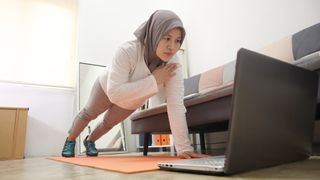
Reps 10 each side Rest 0sec
Get the Coach Newsletter
Sign up for workout ideas, training advice, reviews of the latest gear and more.
Begin in a high plank position with your body supported on your hands and toes. Your arms should be straight, with hands directly under your shoulders, and your legs extended. Your body should form a straight line from your ankles to your shoulders – don’t raise your hips or let them sag. Exhale and slowly raise one hand off the floor and tap the opposite shoulder, then repeat on the opposite side. Keep your core and glutes engaged so your hips don’t rock from side to side as you move your arms. The rest of your body should stay as still as possible. If you’re finding the exercise tough, try it with your knees on the floor instead of your toes.
3 Side plank
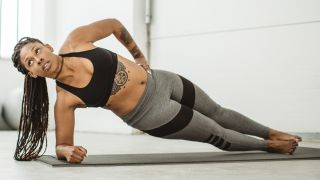
Time 30sec each side Rest 0sec
Lie on your right side with your legs extended and one foot stacked on the other. Place your right elbow under your right shoulder with your forearm pointing away from you. Lift your hips so that you’re supporting your weight on your elbow and the side of your right foot. Your body should form a straight line. Hold this position for the time specified, then repeat on the other side.
4 Bird-dog
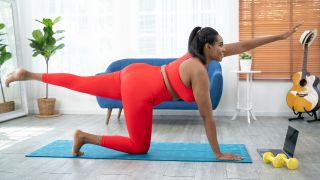
Reps 10 each side Rest 0sec
Get on all fours with your knees under your hips and your hands under your shoulders. Brace your core, then extend one arm in front of you while simultaneously extending your leg on the opposite side behind you. When your arm and leg are parallel to the floor, pause, then return to the starting position. Keep your torso still and level throughout the movement. Alternate sides with each rep.
5 Mountain climbers
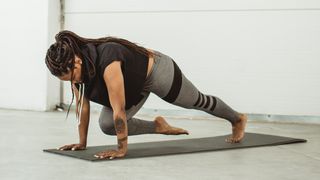
Time 30sec each side Rest 60-90sec
Get into a high plank position with your hands directly under your shoulders, legs straight and toes on the floor. Brace your core and alternate driving your knees towards your chest. Continue alternating as quickly as you can for the stated time.
FAQS
Do core workouts burn belly fat?
No, they don’t, unfortunately. “You have to have a calorie deficit to lose any kind of fat,” says Mimi Bines, personal trainer and co-founder of women-only weightlifting studio Lift. “There's a misconception that doing abs and core workouts will give you a smaller waist and defined abs and make you lose fat in that area—that’s just not true. You can choose where you build muscle but you can’t choose where you lose fat.”
How often should women do core workouts?
A short core session two to three times a week should be sufficient to make a difference to your core strength. “Core workouts should be a supplement to your training,” says Bines. “Focus on the exercises that get you the most bang for your buck: a squat, a deadlift—you’re still using your core in these exercises too—and then you can add in some core exercises to supplement that.” Think five to 10 minutes at the end of a training session.
What’s the fastest way to strengthen your core?
“Don’t just focus on sit-ups,” says Bines. “You need to work through all movement patterns for your core [trunk flexion, extension, rotation, and lateral flexion], alongside a good strength-training program.” Strength training with a short core add-on two to four times a week will help you strengthen your core at a manageable pace.
Can core workouts help with back pain?
Strengthening your core—which includes the muscles that support your back—can help with back pain, but it depends what’s causing the back pain. “There are many reasons why you could have back problems,” says Bines. “I would always suggest that you see an osteopath, because it could be that you have tight hips, for example—it may not necessarily stem from your back.”

Mimi Bines is a level 3 certified personal trainer with five years of experience. She is co-founder of Lift Studio LDN, a women-only weightlifting gym in Clapham, London, that offers small-group personal training.
Gemma Yates is a journalist and qualified personal trainer. She was formerly acting fitness and beauty editor at the UK edition of Women’s Health.
- Camilla ArtaultContent editor
